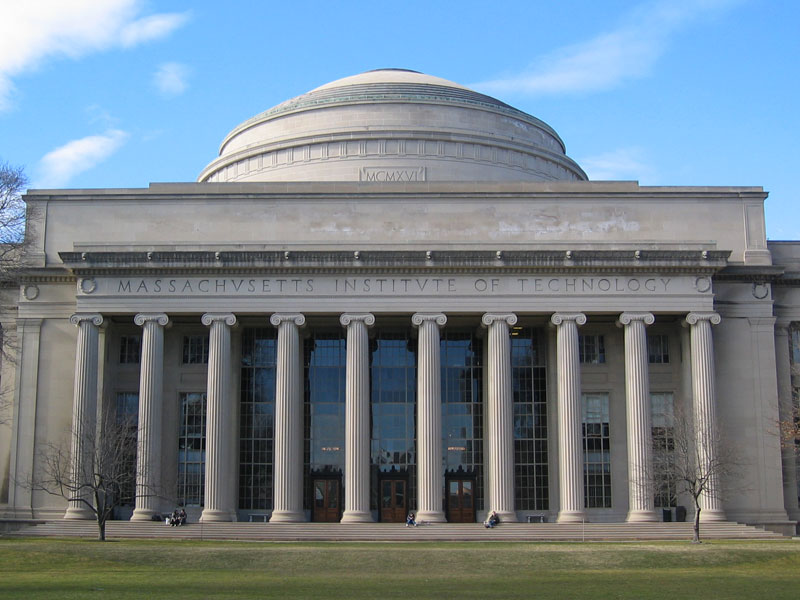MIT professor proposes futurist solutions to inequality
February 24, 2018
A Massachusetts Institute of Technology professor brought his 18 years of technology education experience to bear as he discussed tech-based solutions to racial and economic inequality at a recent Northeastern University student activist meeting.
Professor J. Phillip Thompson, an urban planner with extensive experience consulting for trade unions and minority groups, began his talk by emphasizing the need for low-income minority communities to recognize and leverage their various forms of collective wealth.
“It’s not that we don’t have power and that we don’t have money. It’s that we’re not educated to utilize the resources we could gain from [them] strategically,” Thompson said to members of Students Against Institutional Discrimination, or SAID, at their Feb. 15 meeting.
Thompson used his work with the New York City Public Housing Association to demonstrate the power of bargaining with collective wealth. By negotiating a single cable contract for all public housing residents in the city, he said he helped save the Public Housing Association millions of dollars that could be put back into the community.
He said communities can deploy similar strategies on a larger scale with the help of today’s digital infrastructure.
“There are big opportunities to use big data and digital technology to empower communities,” Thompson said. “We’re going to have to create the programs to do that. Google and Amazon aren’t going to do it.”
Specifically, Thompson talked about analyzing spending data in low-income minority communities such as Roxbury and collectively bargaining for commonly used goods and services, replicating his New York approach. The money saved could be re-invested in community programs like daycare, after school initiatives and job training.
In empowering low-income communities, Thompson also sees potential in microgrids, or local energy sources that can operate autonomously from main power grids. He outlined how low-income areas could conserve power, then sell energy from the microgrid back to power companies during peak usage periods.
“Communities could organize themselves and say ‘do your laundry at 7 at night or 7 in the morning,” he said. “At 2 in the afternoon, we’re going to run the generator, sell energy to the grid, and guess what? We’ll have money to send every kid to summer camp.”
Charles Wallace-Thomas, a first-year engineering major, said he gained an appreciation for the potential social impact of energy.
“A large part of creating a just and equitable future is going to involve setting up a just energy transition,” said Wallace-Thomas. “So much of the new economy and socio-technical system is tied into how people get their energy and how sustainable it is — that really the engineering, economics and business all go hand in hand.”
Thompson claimed these solutions have yet to take root because of the way minorities have been taught in colleges and universities since the end of segregation.
“[Education] disempowers us because it doesn’t build on notions of solidarity and collective strength, it just blinds us to that,” said Thompson. “And of course that benefits people who are selling us things or managing money for us.”
Leila Habib, a third-year behavioral neuroscience major, identified with Thompson’s message, and pointed to SAID’s similar messaging.
“Something that we are really trying to spread is this idea of collective action and collective organizing and not just focusing on what one individual can do by going to this predominantly white institution,” Habib said.
Thompson ultimately called upon the audience to take ownership of the future.
“We have to develop our own liberation manual,” he said. “If we don’t, we’re screwed.”







